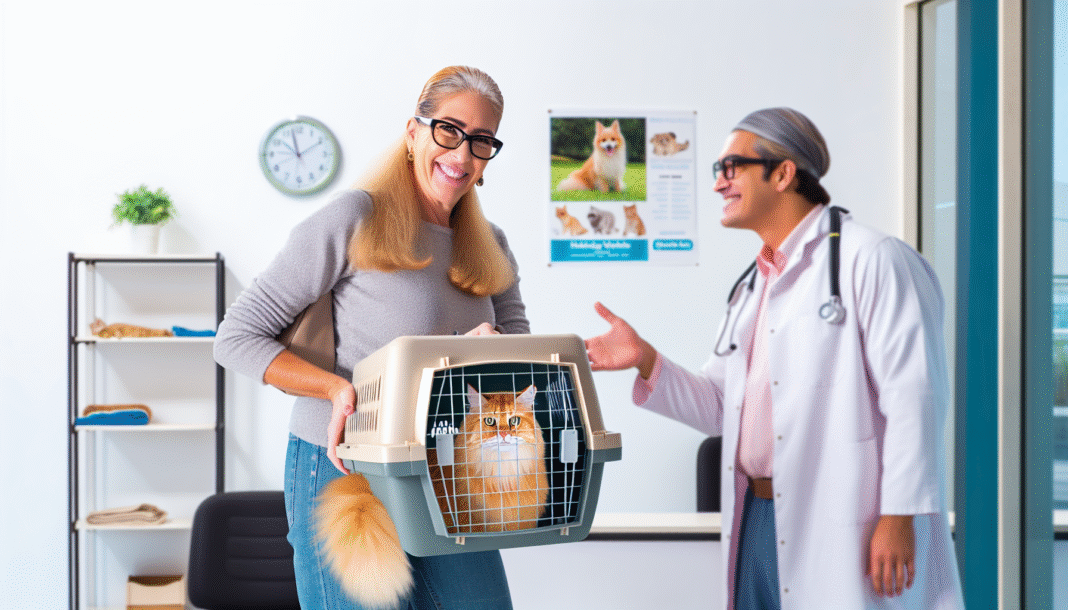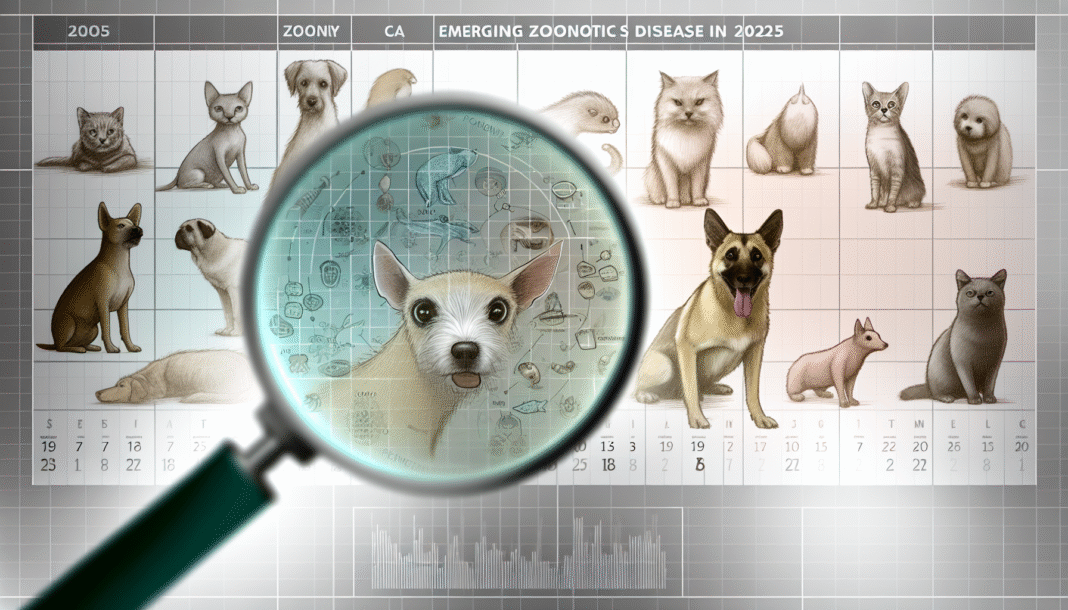As a pet owner, you know the bond you share with your furry friend is special. Just like any family member, your pet deserves quality care, including regular visits to the veterinarian. These appointments are not just a routine; they are vital to ensuring your pet’s health, longevity, and happiness. Let’s dive into why these visits matter and how they can impact your pet’s well-being.
Understanding the Importance of Regular Vet Visits
Early Detection of Health Issues
One of the primary reasons to schedule regular vet visits is the early detection of health issues. Pets can’t communicate when something is wrong, so routine check-ups allow vets to identify potential problems before they escalate. Conditions like dental disease, obesity, and even tumors can develop quietly, making annual or biannual check-ups crucial.
Vaccinations and Preventive Care
Vaccinations play a significant role in protecting your pet from various diseases. During your vet visits, your pet will receive essential vaccinations that shield them from illnesses such as rabies, distemper, and parvovirus. Preventive care doesn’t stop at vaccines; your veterinarian may also recommend flea and tick prevention, heartworm testing, and deworming schedules. This proactive approach keeps your pet safe and healthy.
Common Causes for Concern
Behavioral Changes
Changes in your pet’s behavior can be subtle but often indicate underlying health issues. If your once-playful dog suddenly becomes lethargic or your cat avoids their litter box, these could be signs of stress or illness. Regular vet visits provide an opportunity to discuss these changes and get professional insights.
Weight Management Issues
Obesity is an all-too-common issue in pets. It can lead to various health problems, including diabetes, joint issues, and heart disease. During your vet visits, the veterinarian can assess your pet’s weight, offer dietary advice, and develop a tailored exercise plan to help manage and maintain a healthy weight.
Symptoms to Watch For Between Visits
Maintaining open lines of communication with your vet is key. Here are some red flags to monitor between check-ups:
- Changes in Appetite: A sudden change in eating habits can be a sign of illness.
- Unusual Thirst: Increased drinking may indicate diabetes or kidney issues.
- Frequent Vomiting or Diarrhea: These symptoms can signal gastrointestinal upsets or more serious conditions.
- Excessive Scratching: This might indicate allergies or skin infections.
If you notice any of these symptoms, don’t hesitate to call your vet.
Diagnostic Procedures That May Be Conducted
During a veterinary visit, several diagnostic procedures may be performed depending on your pet’s health needs.
Blood Tests
Blood work can provide critical information about your pet’s organ function, blood cell counts, and overall health status. It helps the vet identify issues like kidney disease or diabetes before more serious symptoms manifest.
X-Rays and Ultrasounds
Imaging tests such as X-rays or ultrasounds might be necessary if your vet suspects internal issues. These tools can reveal problems hidden beneath the surface, such as tumors, fractures, or foreign objects in the digestive tract.
Treatment Plans Tailored to Your Pet
Once your vet assesses your pet’s condition, they will devise a personalized treatment plan. This plan may include medications, dietary changes, or even more specialized care like surgery or therapy. Administering treatment promptly can significantly improve your pet’s recovery and overall quality of life.
The Role of Pet Wellness Plans
One practical approach to ensure consistent veterinary care is enrolling in a pet wellness plan. These plans often cover routine visits, vaccinations, and certain tests for a flat fee, making health care more manageable and budget-friendly. Discussing wellness plans with your veterinarian can help you choose the right one for your pet’s needs.
Practical Tips for Vet Visits
-
Keep a Health Journal: Maintain a record of your pet’s symptoms, dietary habits, and behavioral changes to share with the vet during visits.
-
Questions Ready: Write down any questions or concerns you want to discuss during your appointment. This ensures you cover everything important.
-
Prepare for the Visit: Familiarize your pet with the carrier or leash to reduce anxiety about the visit. Positive reinforcement can also help.
-
Follow Recommendations: If your vet provides specific recommendations, such as dietary changes or follow-up tests, ensure you follow through for your pet’s well-being.
Preventive Health Tips for Pet Owners
Besides regular vet visits, there are several other preventive measures pet owners can take:
- Dental Care: Regularly brush your pet’s teeth and provide dental treats to avoid periodontal disease.
- Regular Exercise: Ensure your pet gets adequate physical activity to maintain healthy weight and mental stimulation.
- Grooming: Regular grooming reduces the risk of skin infections and allows you to monitor your pet’s body for any unusual lumps or bumps.
The Bottom Line on Regular Vet Visits
Regular visits to the veterinarian are a key component of responsible pet ownership. They not only allow for early detection and treatment of health issues but also provide essential preventive care. Creating a routine of regular check-ups ensures you’re doing your part to keep your beloved pet healthy and happy for years to come.





